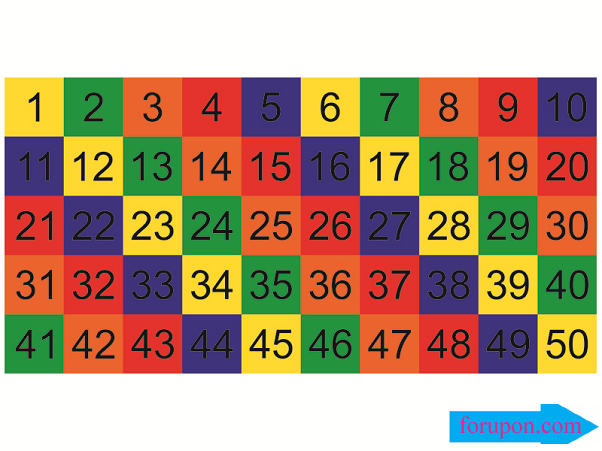Prime Number
For upon |A prime number is a whole number greater than 1 whose only factors are 1 and itself. A factor is a whole number that can be divided evenly into another number. The first few prime numbers are 2, 3, 5, 7, 11, 13, 17, 19, 23 and 29. Numbers that have more than two factors are called composite numbers. The number 1 is neither prime nor composite.
For every prime number p, there exists a prime number p‘ such that p‘ is greater than p. This mathematical proof, which was demonstrated in ancient times by the Greek mathematician Euclid, validates the concept that there is no “largest” prime number. As the set of natural numbers N = {1, 2, 3, …} proceeds, however, prime numbers generally become less frequent and are more difficult to find in a reasonable amount of time. As of this writing, the largest known prime number’s has more than 23 million digits. It is referred to as M77232917 and has one million more digits than the previous record holder.
How to determine if a number is prime
A computer can be used to test extremely large numbers to see if they are prime. But, because there is no limit to how large a natural number can be, there is always a point where testing in this manner becomes too great a task even for the most powerful supercomputers.
Various algorithms have been formulated in an attempt to generate ever-larger prime numbers. For example, suppose n is a whole number, and it is not yet known if n is prime or composite. First, take the square root (or the 1/2 power) of n; then round this number up to the next highest whole number and call the result m. Then find all of the following quotients:
1qm = n / m
2q(m-1) = n / (m-1)
3q(m-2) = n / (m-2)
4q(m-3) = n / (m-3)
. . .
5q3 = n / 3
q2 = n / 2
The number n is prime if — and only if — none of the q‘s, as derived above, are whole numbers.
Mersenne and Fermat primes
A Mersenne prime must be reducible to the form 2 n – 1, where n is a prime number. The first few known values of n that produce Mersenne primes are where n = 2, n = 3, n = 5, n = 7, n = 13, n = 17, n = 19, n = 31, n = 61, and n = 89.
A Fermat prime is a Fermat number that is also a prime number. A Fermat number F n is of the form 2 m + 1, where m is the n th power of 2 (that is, m = 2 n, where n is an integer).
Prime numbers and cryptography
Encryption always follows a fundamental rule: the algorithm (the actual procedure being used) doesn’t need to be kept secret, but the key does. Even the most sophisticated hacker in the world will be unable to decrypt data as long as the key remains secret — and prime numbers are very useful for creating keys. For example, the strength of public/private key encryption lies in the fact that it’s easy to calculate the product of two randomly chosen prime numbers, but it can be very difficult and time-consuming to determine which two prime numbers were used to create an extremely large product when only the product is known.
In RSA (Rivest-Shamir-Adleman) public key cryptography, prime numbers are always supposed to be unique. The primes used by the Diffie-Hellman key exchange and the Digital Signature Standard (DSA) cryptography schemes, however, are frequently standardized and used by a large number of applications.
The article was originally published here.


Comments are closed.